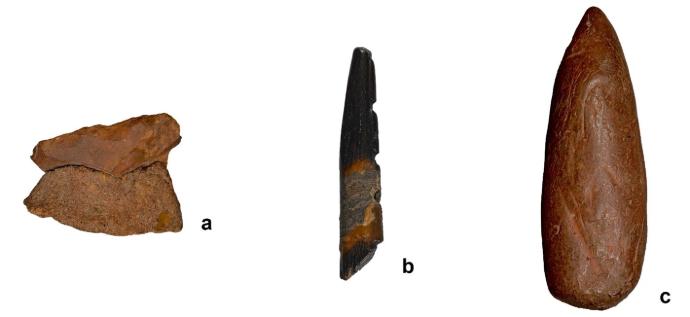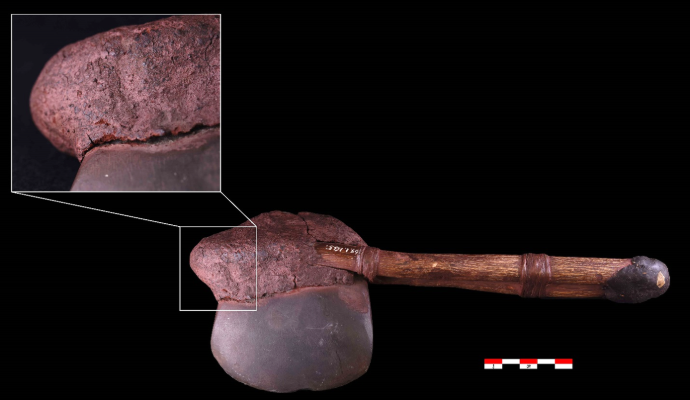Adhesives have been a cornerstone of human innovation for
thousands of years, shaping the way we build, create, and repair. But what can
ancient adhesive technologies teach us about developing sustainable glues for
the future? In this article, Alessandro Aleo from TU Delft shows how looking to the past helps uncover valuable insights that
could inspire modern biobased adhesives.
Adhesives have been a cornerstone of human innovation for thousands of years, shaping the way we build, create, and repair. But what can ancient adhesive technologies teach us about developing sustainable glues for the future? In this article, Alessandro Aleo from TU Delft shows how looking to the past helps uncover valuable insights that could inspire modern biobased adhesives.
The Long History of Adhesives
The story of adhesives dates back to the Stone Age. In Europe, the oldest
chemically identified adhesive traces back 200,000 years, while in Africa,
evidence suggests adhesives were used 65,000 years ago. These prehistoric glues
were crafted from natural materials like tree resins, gums, latex, plant and
insect waxes, bark tars, and bitumen. To enhance their properties, ancient
engineers often mixed in additives such as plant oils, beeswax, and crushed
minerals.
These adhesives served a variety of purposes, from hafting tools to waterproofing, repairing, and even decorating. The diversity of materials and techniques reflected the availability of local resources, geographic conditions, and the intended use of the adhesive. This ingenuity highlights the advanced material knowledge of ancient societies—a knowledge we’re now tapping into to address modern challenges...

Archaeological tools with adhesives: a) Stone adze set in a lump of resin; b) bone projectile point with birch tar adhesive; c) resin object, possibly a crayon.
Archaeology Meets Innovation in BiDebA
At TU Delft, our research group Art and Archaeology is bridging the past and the future through the BiDebA project. By studying historical and archaeological adhesives, we’re identifying materials and techniques that can inspire the development of modern biobased adhesives.
Our focus is on three ancient adhesives that hold promise for sustainable innovation:
- Pine resin (rosin): A renewable resource derived from pine trees.
- Birch bark tar: Obtained through destructive distillation of wood products. Can form as by-product of charcoal and biochar production, making it a circular material.
- Collagen glue: Sourced from cowhide. It can be manufactured utilizing waste from the leather and meat industries.
To enhance these adhesives, we’re experimenting with red ochre (iron oxide), a material historically used for cave art, body painting, and rituals. Recent research has revealed that red ochre also plays a functional role in adhesive technology. When added to adhesive mixtures, it improves workability, reduces curing time, and increases strength—properties that are highly desirable for modern applications.

Australian aboriginal axe hafted with ochre-loaded spinifex resin adhesive.
Learning from the Past to Innovate for the Future
By studying ancient adhesives, we’re not only preserving historical knowledge but also paving the way for a more sustainable future. These materials offer a blueprint for reducing our reliance on petroleum-based adhesives and transitioning to eco-friendly alternatives. Our research aims to expand the understanding of organic resources and their potential in modern adhesive technology.
"By combining ancient wisdom with cutting-edge science, we’re developing innovative, debondable adhesives that align with today’s principles of a circular economy."
Stay Tuned for More!
Curious about how archaeology is shaping the future of
biobased adhesives? Follow our journey as we uncover the secrets of ancient
glues and transform them into sustainable solutions for tomorrow.